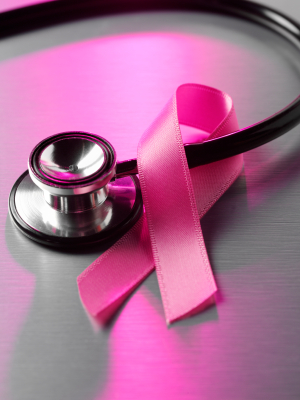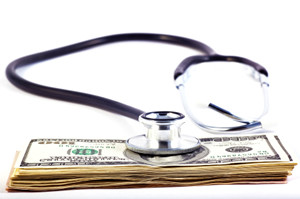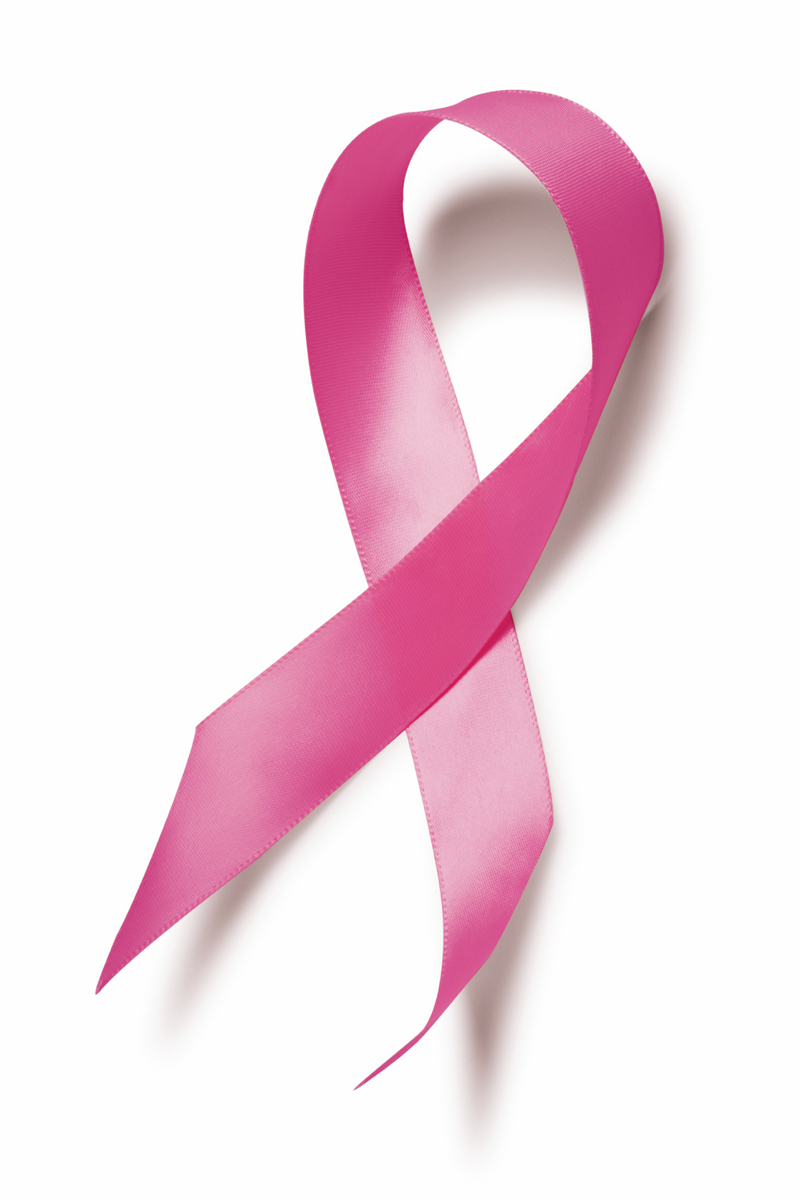ObamaCare Plan Refuses to Cover Cancer Patient Treatment
[S]he bought [a] plan and was approved on Nov. 22. Because by January the plan was still not showing up on her online Humana account, however, she repeatedly called to confirm that it was active. The agents told her not to worry, she was definitely covered.
Then on Feb. 12, just before going into (yet another) surgery, she was informed by Humana that it would not, in fact, cover her Sandostatin, or other cancer-related medications. The cost of the Sandostatin alone, since Jan. 1, was $14,000, and the company was refusing to pay. (WSJ)






